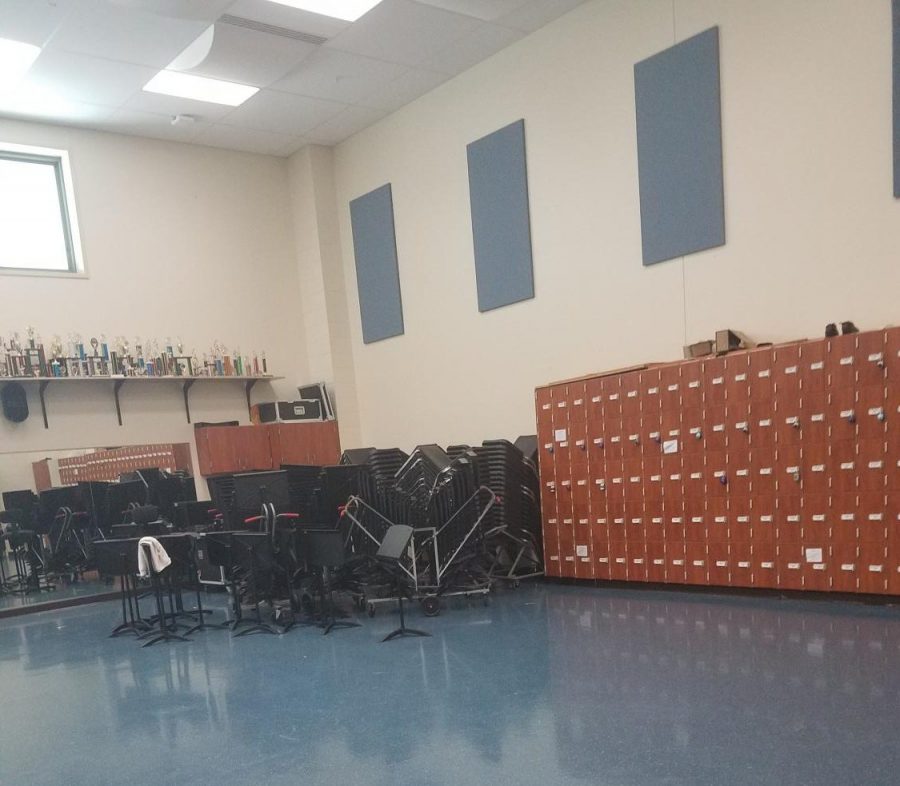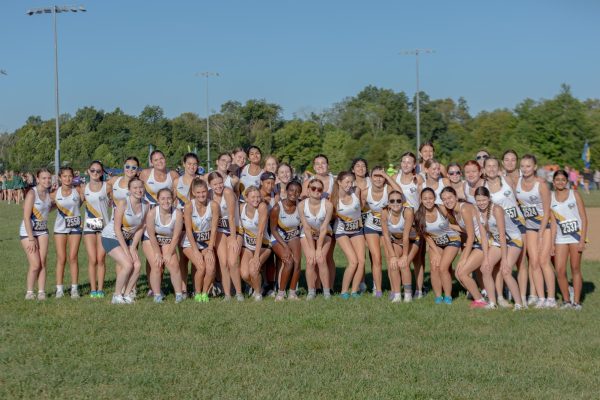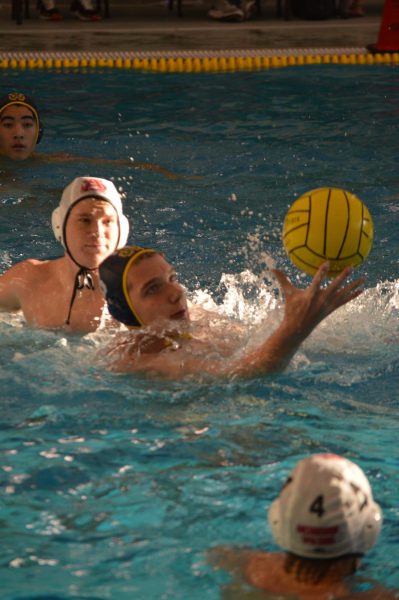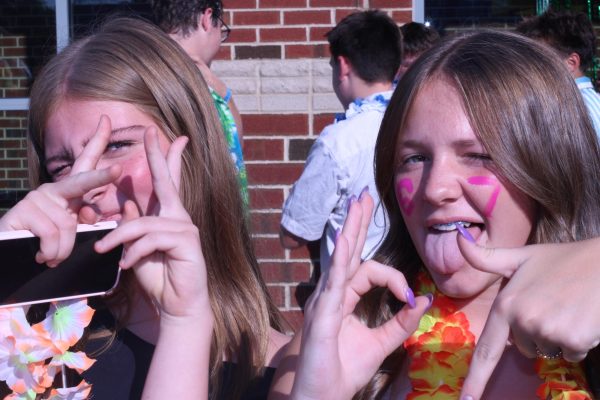Concert band in the era of coronavirus
WHHS’s band department has been working nonstop since the outbreak of COVID-19 to find new innovative ways of learning in a virtual environment as well as preparing for a hybrid style of learning. But what exactly will this look like? Band directors Richard Canter, Andrew Peoples and Edward LeBorgne explain.
Adjusting to online learning has proven to create many challenges, and for WHHS band students the greatest challenge has been learning to play for themselves rather than for an audience.
“If we’re back soon we might be able to perform the winter concerts,” Peoples said, “It depends on what [COVID-19] looks like then, and if it doesn’t happen then there’s going to be an effort to do some sort of virtual performance if we’re able.” There are, however, some school districts that have begun to ease back into school as normal.
“Outside of Cincinnati, there are a lot of other bands that are like [WHHS] in terms of their size and their scope and most of those schools are already back and playing in person with masks and bell covers,” Peoples said.
Playing an instrument with Personal Protective Equipment (PPE) – such as bell covers and specially-crafted face masks – has been proven to effectively reduce the spread of aerosols- liquid droplets in air that carry diseases or viruses and act as a transmitter of COVID-19.
Researchers at the University of Colorado had five student musicians enter an indoor air pollution research room one at a time. Each musician twice played a short solo piece with a wide range of notes and playing styles: once as they normally would, and once with a cover surrounding the bell of the instrument.
The covers used effectively reduced aerosols, in some cases by half, without weakening the overall sound. Since this study, ensembles in various states, including Ohio, have started experimenting with bell covers and face masks and the majority of them have seen positive results.
With Cincinnati Public School’s (CPS) blended learning plan a possibility in the future, the WHHS band department has recently considered the use of PPE in class as a possible solution to their performance problem.
“We’re at such a luxury here compared to other schools.” Leborgne said, “We have facilities where we might have six kids playing in a classroom and we’re able to space them out ten to twelve feet apart and those bell covers reduce the risk significantly. So we do have plans that will mitigate that risk.”
Aside from the difficulties of planning so far ahead, the band department has run into other challenges sprung by COVID-19.
“The hardest part is developing rapport with students [virtually],” Peoples said, “I think [the band directors] provide a sort of counseling for the students just because we have [them] for so long and because we see [them] so much. So it’s been pretty tough, and I miss that.”
Canter agrees, saying it’s “hard to really get a connection with students if you’re not seeing them in person.”
While strengthening personal relationships without physical interaction is difficult, the band directors agree their students have otherwise adjusted well to their virtual ensembles.
“We’ve had pretty good attendance in every class,” Canter said. “We’ve had a few students that [find it] hard to connect with [virtual] band, and some who aren’t sure if it’s something that they want to do but we try and be encouraging and let them know that we are going to do everything we can to make it a positive experience.”
One way the band directors plan on encouraging and engaging their students in class is through Flex-Band.
“The performance aspect of [virtual band] is the most difficult thing to teach right now,” LeBorgne said, “Our plan is to focus on warmups at first and then eventually ask kids to unmute so we can listen to them and give feedback, and we’ll start Flex-Band instrumentation pieces.”
Flex-Band pieces by Creactive Repertoire Composers, are designed to provide music for bands with incomplete or unbalanced instrumentation. Flex-Band pieces work with any combination of brass, woodwinds or strings, and each piece has instruments assigned to specific parts based on range and registration as well as the availability of instruments.
“In a typical advanced band piece, you’ll have about 25 individual parts but Flex-Band takes those 25 parts and spreads them into ten. So the music is the same, it’s just not so spread around. So for example, you might have a third clarinet and a third trumpet playing the same part instead of each part being distinct,” Peoples said. This allows wind ensembles to perform a piece of music without access to certain instruments.
Budget cuts ascribable to the COVID-19 pandemic have prevented some students from borrowing instruments from the school.
“Our budget has been cut significantly and as of today we are not charging student fees,” LeBorgne said. The money that would normally go towards buying new instruments is now being used for online learning platforms as well as purchasing Personal Protective Equipment (PPE) for WHHS’s staff and students.
Due to the unpredictability of COVID-19 and the upcoming flu season, it is hard to say when students will be permitted to enter the high school building, regardless of the use of PPE. So for now WHHS’s performance based ensembles will continue to adjust and adapt in whatever ways they see fit.
Your donation will support the student journalists of Walnut Hills High School. Your contribution will allow us to purchase equipment, cover our annual website hosting, printing costs and offset competition and conferences fees for students.







![A selection of students in Art X work individually on their projects during class. This class teaches students creative skills that they can apply both in and out of the classroom. “... If I have a pair of jeans that [have] a hole in them, I’ll embroider over them like cute flowers, or I’ll use the skills I learned in that class, and I’ll use them outside of school …”Sam Namaky, ‘27, said.](https://whhscbox.com/wp-content/uploads/2025/04/Group-Art-X-pic-2-600x400.jpg)






